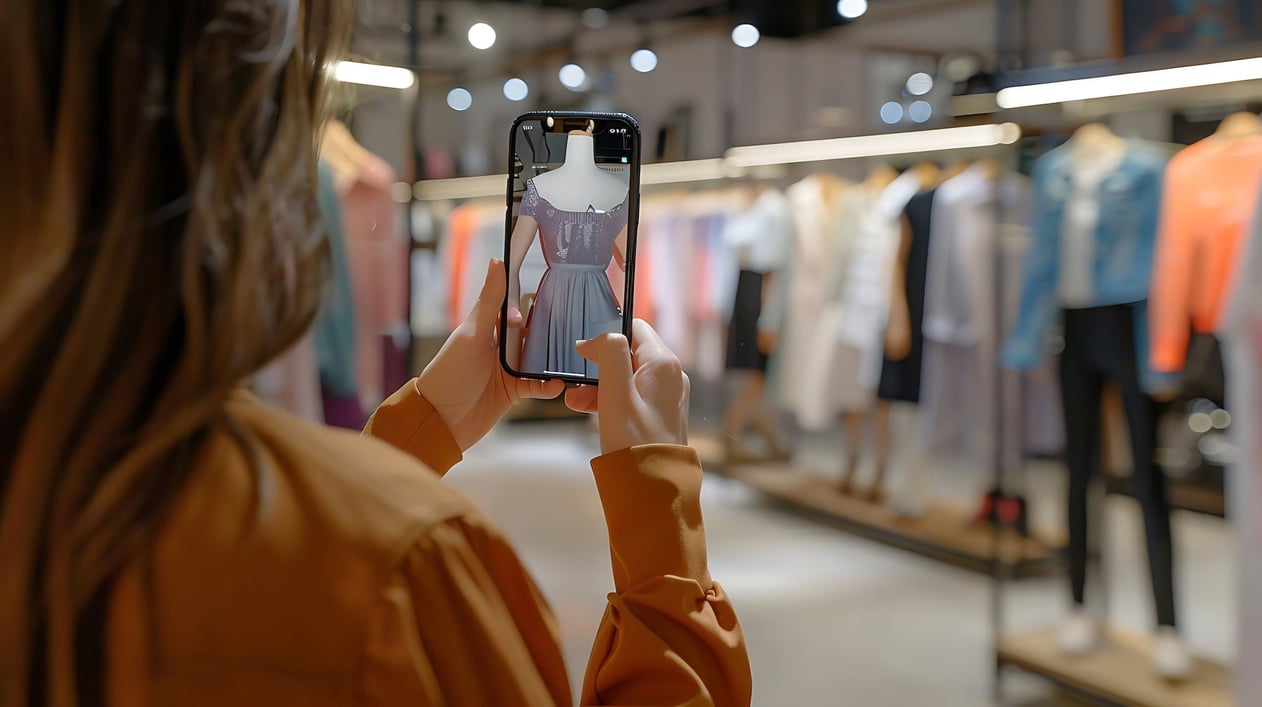
Imagine a scenario where every product placement, promotional display, and inch of shelf space is monitored and optimized in real-time, all thanks to image recognition. You no longer have to imagine. Retailers now have this power at their fingertips.
The Role of Image Recognition in In-Store Promotions
In-store promotions are a cornerstone of retail marketing strategies. However, executing them effectively poses challenges such as ensuring compliance, tracking performance, and adapting to changing consumer behavior. This is where image recognition steps in.
Predicted to develop into a whopping $4.44 billion industry by 2029, image recognition is on the cutting edge of retail execution. By deploying image recognition solutions, retailers can precisely monitor how promotions are displayed and executed in-store. They can track metrics like product visibility, shelf placement, and customer engagement, allowing for data-driven decision-making and promotion optimization.
Strategies for Promotion Optimization Using Image Recognition
Image recognition enables retailers to optimize promotions for maximum impact by providing insights into promotion performance and consumer behavior.
Real-time data analysis is a fundamental aspect of promotion optimization with image recognition. Retailers can identify trends, detect anomalies, and adjust promotions by continuously monitoring and analyzing data from in-store cameras or mobile devices.
Dynamic pricing strategies are another area where image recognition shines. By analyzing competitor pricing and consumer responses, retailers can dynamically adjust prices to maximize profitability and competitiveness. This dynamism allows personalized promotions tailored to individual preferences and demographics based on territory. Analyzing customer data and behavior allows retail teams to deliver targeted promotions that resonate, improving both conversion rates and customer satisfaction.
Leveraging Image Recognition for Effective Shelf Management
Dynamic pricing strategies are most effective when implemented jointly with high-level shelf execution strategies. Image recognition offers a host of capabilities to optimize shelf management processes.
Image recognition enables teams to optimize item management based on various factors such as sales data, consumer preferences, and promotional objectives. By strategically positioning products on shelves, store and field teams can maximize visibility, drive impulse purchases, and enhance overall sales performance.
With integrated real-time shelf monitoring, stores can keep a close eye on shelf conditions, ensuring products are stocked, organized, and displayed according to plan. This reduces out-of-stock instances and crowded shelves, improving customer shopping experience and increasing purchases by 25%.
The magic of image recognition really shines when it comes to optimizing inventory management. By keeping a precise track of product displays and movement, retail teams can fine-tune their inventory replenishment processes. These insights help avoid the pitfalls of overstocking or running out of stock, ultimately paving the way for improved profitability. It's like having an extra pair of eyes that never miss a thing.
Future Image Recognition Retail Trends to Watch For
As the retail industry continues to evolve, image recognition capabilities will also evolve. Already, brands are experimenting with augmented reality integration and omnichannel synchronization, both of which are poised to profoundly reshape the retail landscape.
Augmented reality (AR) holds immense potential for enhancing shopper experience by bridging the gap between physical and digital shopping environments. AR allows customers to interact with products virtually, increasing confidence in purchasing decisions. Brands like IKEA and Gucci have already successfully leveraged AR to enable customers to visualize products in real-life settings, boosting engagement and sales, with 80% of AR shoppers feeling more assured in their online purchases after experiencing items through AR.
Omnichannel synchronization is becoming increasingly important as retailers strive to deliver consistent and cohesive shopping experiences across multiple channels, both online and in stores. Image recognition technology will be pivotal in ensuring seamless integration and synchronization of promotions, inventory, and customer interactions across various touchpoints, ultimately driving customer loyalty and brand advocacy. From personalized offers to targeted marketing campaigns, the rapid adoption of image recognition enables retailers to implement contextual advertising based on the content and context of videos or images, ensuring that promotions are relevant to the audience.
The integration of image recognition technology is reshaping the retail landscape by offering teams unprecedented insights into promotion and shelf execution. With real-time data analysis, promotion optimization strategies, and enhanced shelf management techniques, retailers can boost sales and improve customer satisfaction.
Ready to revolutionize your operations with image recognition technology? Dive deeper into the future of retail by downloading Movista's white paper, "Revolutionizing Retail With Image Recognition and AI for Shelf Execution."



